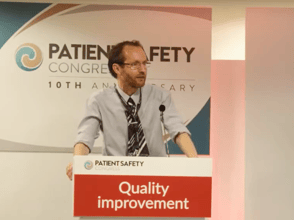Introducing Reminiscence Interactive Therapy Activities
Glenn Martyn Smith - RN (MH), BN (Hons), PostGradDip Nursing
The older population worldwide is increasing. Amongst these, people with dementia and cognitive impairment represent a growing segment. It is an urgent priority to maximise the potential of this group and to ensure that they are supported to experience the best quality of life possible. Reminiscence therapy as a form of intervention for people with dementia and cognitive impairment has been used for over 50 years. Recent developments in the use of information technology to facilitate reminiscence therapy represent the interface of technology with proven methods of therapeutic intervention. This paper explores the implementation of one such intervention in one Local Authority and one CCG in the United Kingdom and summarises key findings from the areas who implemented the technology and makes recommendations for future work in the area of reminiscence therapy using digital media systems.

The paper concludes that RITA in Dudley Metropolitan Borough Council and North Tyneside CCG showed both qualitative and quantitative improvements. Consistent evidence is presented across key sites that demonstrate improvements in engagement, mood, communication, confidence, empowerment and integration on the part of residents and staff, and reduced wandering, anxiety and agitation, which are consistent with the key research in this area. Falls reductions of between 38% and 45% are presented in areas in Dudley, which show the potential in the next 5 years to reduce admissions by 281, bed days by 2306 at a cost avoidance of £691k. Similarly, falls reduction in North Tyneside are shown as between 23% and 53% which is potentially a reduction of 233 admissions or 1912 bed days, and a cost avoidance of £573k over 5 years. Further evidence drawn from the case studies shows multiple sites also reporting other savings associated with reduced care costs and 1 to 1 supportive observations, improvement in nutrition and hydration, reduced use of medication and improvement in staff morale, although further work is required in the future to quantify these improvements more accurately.
